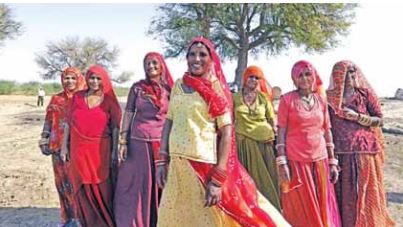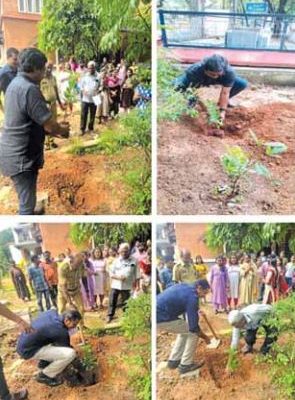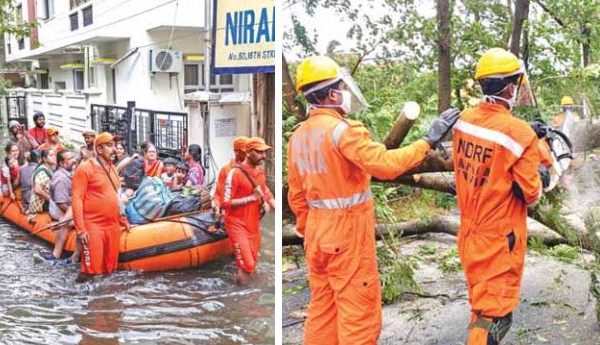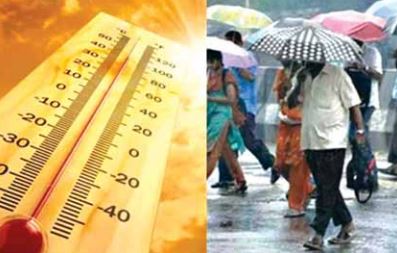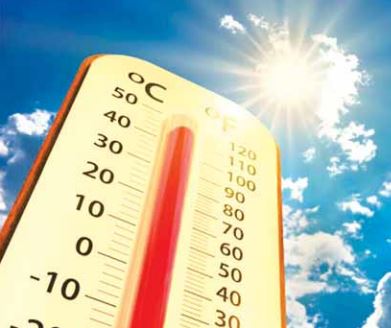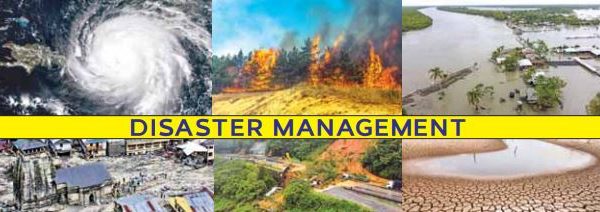
ADB Approves Support to Strengthen Health Systems in India
The Asian Development Bank (ADB) today approved a $170 million policy-based loan to improve India’s health system preparedness and capacity to respond to future pandemics.The Strengthened and Measurable Actions for Resilient and Transformative Health Systems will support the government’s National Health Policy 2017, which aims to provide quality healthcare services to all.“The COVID-19 pandemic has…


